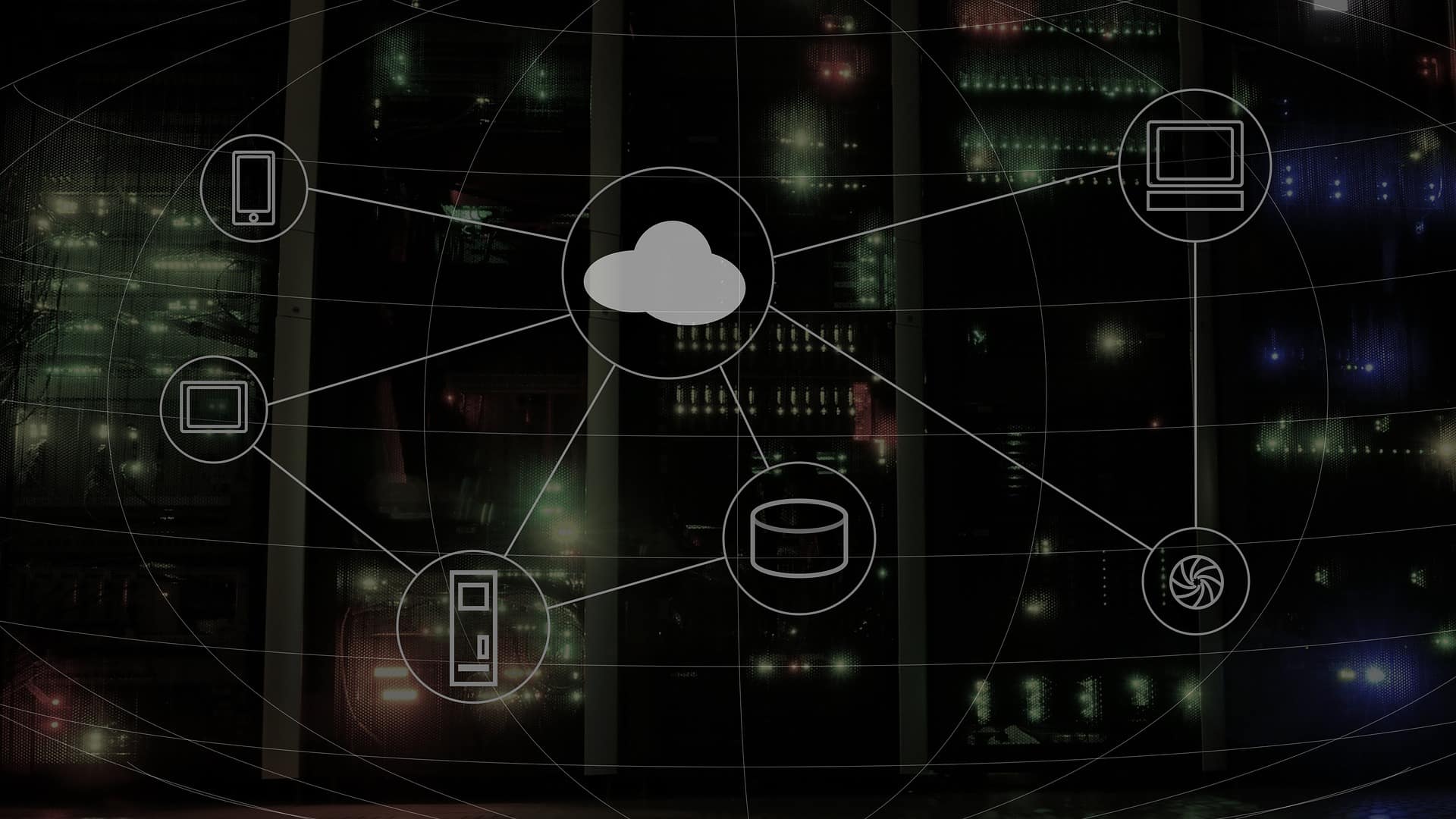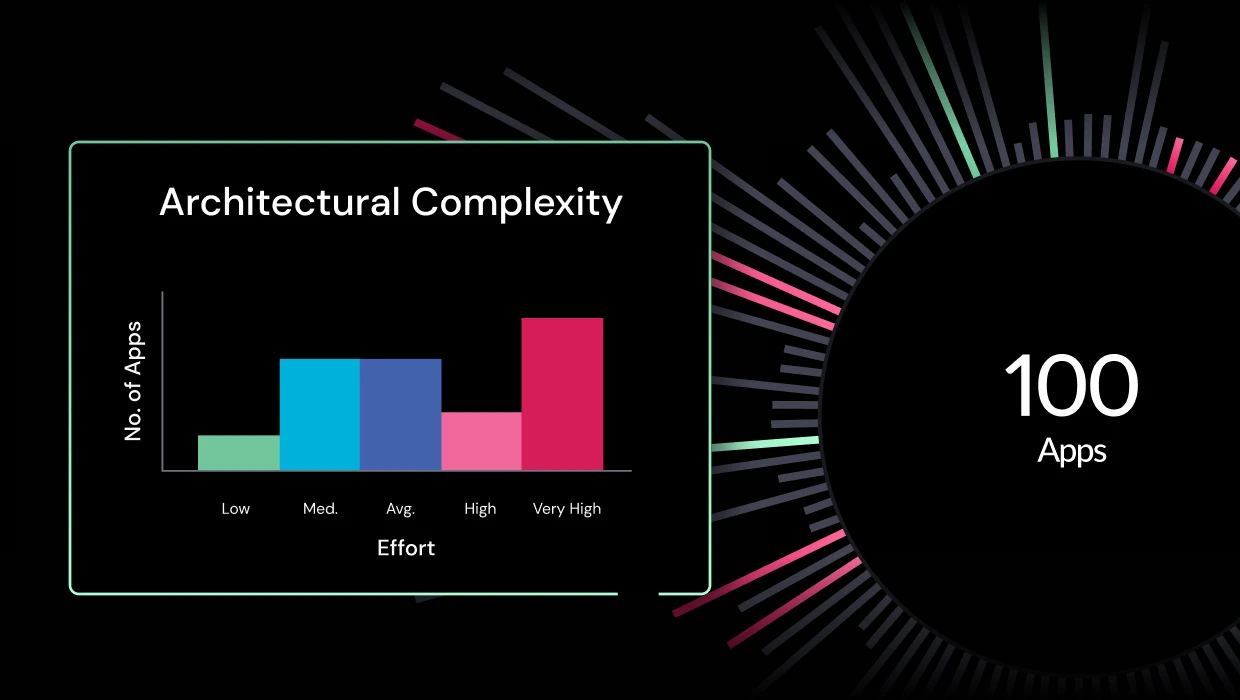Accelerate Your Journey to a Cloud-Native Architecture with Java Microservices
The cloud has fundamentally changed the way that organizations consume IT. With the ability to dynamically provision resources, businesses are able to scale their applications up or down as needed without costly upfront investments in hardware and software. The advantages of java microservices gives business leaders a competitive edge with an ever-changing market landscape.
The shift to a cloud-native architecture is no small undertaking. One of the primary challenges that organizations face when making this shift is how they will convert their complex, monolithic Java apps into microservices in order to restore engineering velocity and optimize the benefits of the cloud.
By separating your application into many smaller services, you can increase application scalability, repeatability, and continuous integration while also reducing costs. In this blog post, we’ll discuss what it means for an organization to be “cloud-native,” why moving towards a microservice architecture is a critical step in accelerating your journey there, and the advantages of microservices in Java. We’ll also show you how to get started with cloud-native architecture.
Advantages of Microservices in Java: Cloud Native
Before we can discuss the advantages of microservices in Java or why moving towards a microservices architecture is such an important step in accelerating your journey to “cloud-native,” it’s important to understand what exactly a “cloud-native” application is.
At a high level, cloud-native applications are applications that fully take advantage of the benefits of the cloud. Typically, this means they must be able to scale up and down dynamically in response to user demand—or even just an anticipated change in user demand–without any impact on availability or data consistency. It also means that they leverage automation and built-in governance capabilities to help ensure consistency, quality, and control as changes are requested or made.
The more technical definition, taken from CNCF, is: “Cloud native technologies empower organizations to build and run scalable applications in modern, dynamic environments such as public, private, and hybrid clouds. Containers, service meshes, microservices, immutable infrastructure, and declarative APIs exemplify this approach.
These techniques enable loosely coupled systems that are resilient, manageable, and observable. Combined with robust automation, they allow engineers to make high-impact changes frequently and predictably with minimal toil.”
Advantages of Microservices in Java: Attributes
In addition to the ability to dynamically scale their compute resources, cloud-native applications also typically contain the following attributes:
- Resilient – cloud-native apps recover from failure quickly and never give up availability unless there is a real business need for an outage to occur. Cloud-native apps can tolerate partial failures as long as they don’t result in data loss.
- Secure – cloud-native apps must be secure by default and leverage built-in security controls.
- Observable – cloud-native apps must expose the right metrics so that they can be seen and analyzed in real-time by IT operators and developers.
- Efficient – cloud-native apps use resources efficiently to minimize costs while delivering high quality of service to users.
Moving Towards a Microservices Architecture
The good news for Java developers is that moving towards a microservices architecture to achieve these cloud-native attributes is not an all-or-nothing exercise. In fact, even if you are just starting your journey towards being “cloud-native,” having a microservices architecture will help you accelerate the process and avoid any unintended and costly detours. One of the biggest advantages of decomposing your monolithic application into microservices is that you’ll be able to take advantage of many of the benefits that the cloud has to offer including:
- Scale – a microservices architecture enables a more granular approach for scaling out your applications and services so they can support varying loads at different times. As an example, your application might need to scale out to meet demand during the day, but because you can do it in a more granular fashion without impacting availability or data consistency, you may only need 10% of your total container instances running at night.
- Availability – microservices are designed to create loosely coupled systems where every service is aware of only one thing: its own contract. This makes each microservice independently deployable and able to be updated or redeployed without impacting any other service in the system. In a monolithic application, if the app server is prone to failure due to poor design, processes crashing or lack of sufficient hardware, you’ll impact all services running on that specific VM.
- Performance – leveraging microservices architecture enables you to more efficiently use resources, making it easy to rapidly scale each service as needed without requiring significant changes to your application. This not only helps with performance but also can help save costs by enabling better resource utilization–you only pay for the computing resources you actually need at any given time.
- Portability – microservices are isolated, individual components that can easily be moved or replaced with minimal impact on the entire application. So if you need to move your application to another platform—or even just a different VM within App Engine—you don’t have to re-write your entire application as you do when moving from one monolithic application server to another. You can simply update or replace each service as needed and your entire app will continue to run as before since the services themselves don’t know anything about the outside world (which means they also run on any platform, including on-premise).
Towards a Multi-layered Architecture
While microservice architectures are part of the solution enabled by modern solutions like vFunction, they are only one layer in your cloud-native app architecture. A healthy application architecture will also include other layers that extend all the way from storage to data management and networking. It’s important to understand that the cloud platform where your Java app runs is just one of several layers in your complete architecture.
The first layer of any healthy application architecture begins with data storage and management. As you begin decoupling services within your monolithic code base, leveraging built-in messaging queues to send requests among microservices becomes more powerful since it enables you to create loosely coupled components that can be updated independently.
This is where storage and data management capabilities come into play. They provide a durable and scalable layer of persistence for your data that enables microservices to efficiently share data in real time without the need to communicate directly with each other. This level of data sharing provides an efficient means to synchronize state between services, which is crucial to, for example, providing user experience continuity even if one or more microservices are updated.
At the same time this provides an excellent foundation upon which you can create individual data pools for each of your predictive models using storage solutions. These solutions not only ensure that the right data is stored in the right place at the right time, but help you manage costs by enabling you to easily delete old, infrequently used data. In turn, the ability to rapidly deploy new services with a self-managed cache keeps each service isolated from legacy code and keeps your system maintainable by allowing for easy integration of new components without impacting existing ones.
The next level goes beyond data management and storage to consider how microservices interact with each other. This is where tools that enable efficient microservice architecture design like vFunction can come in. For example, if you want to create a mobile microservice that takes advantage of a built-in web search service, you’ll need to configure the web service so it can access the mobile service – and if your mobile service is updated or replaced at some point, you’ll need to ensure that the web service can continue to access it.
The final layer in the cloud-native application architecture, the application proxy, acts as an API gateway for microservices. This layer provides a uniform interface that all microservices can use to access each other—potentially through several layers of network intermediaries—and also allows you to control and manage access and permissions within and between your services.
Leveraging Power
The advantages of microservices in Java? The unique combination of a scalable microservices framework, built-in messaging queues, an enterprise-grade NoSQL database, built-in search engine with machine learning capabilities, powerful analytics engines (including support for open source projects Lucene/Solr), real-time anomaly detection, and many more services is what makes modern platforms so powerful.
While these capabilities are powerful on their own, they become even more useful when you can use them in a cloud-native architecture. They provide the capabilities and services you need to manage and exchange data between multiple microservices across different platforms.
Additionally, the advantages extend to enabling you to deploy microservices without having to manage the underlying infrastructure or directly modify any code. As you’ll see, this capability alone creates a highly efficient iterative development process that enables your teams to quickly and easily deliver new services.
These services can be managed and deployed quickly so you can rapidly experiment with business processes by deploying new services as they’re developed.
Key Features to Look for
To realize the advantages of microservices in Java, you need modern tools that can help you with that transformation. Your team can use purpose-built software that provides an instant assessment of the complexity and risk in all legacy Java applications to determine what needs updating. You’ll prioritize which ones are most important for modernizing first so that nothing gets left behind or lost during this process. And with an automated tool, you won’t have to spend hours poring through complicated spreadsheets trying to figure out how much work there really is.
Dynamic and static analysis will provide the optimal design for businesses’ microservices. It’s important to choose a platform that can automatically identify these architectures using graph theory, clustering algorithms as well as have an intuitive interface to allow architects to iteratively refine their work. This can happen all while minimizing dependencies and maximizing exclusivity with each step, extracting new services into a bundled package ready to deploy on any environment that needs them.
A dashboard view is critical to provide visibility and metrics for all your application modernization projects. The status, priorities, control flow tasks can be tracked with ease using this tool that will help you manage initiatives across the organization.
The automated code analysis tools can detect and eliminate dead code, improve the maintainability of legacy apps by pruning unneeded libraries to create optimal microservices with minimal context. The process will also help reduce security risks by eliminating redundant and insecure imports from your dependencies.
In addition to these capabilities, the platform should provide a declarative framework for developing microservices that can simplify the development process by allowing you to define new services as configuration files rather than having to write any code. These services can be automatically deployed on-demand within your environment, providing a fully cloud-native architecture so you can test and run applications in the cloud for maximum speed, scalability, and responsiveness.
Finally, if you’re looking to modernize your legacy application infrastructure with cloud-native microservices that provide much higher performance than traditional architectures, built-in support for distributed caching is available. This functionality is designed to speed up response time and provide a more responsive user experience.
Comprehensive support for modernizing legacy Java applications based on open-source frameworks and libraries is key. The platform needs to provide different tools that will help you manage the entire process of making your legacy applications cloud-native.
Reporting & Prioritization
You can use the platform to automatically analyze your legacy application and determine which portions of it would benefit most from modernization. This is typically done using a combination of static and dynamic analysis tools that provide an intuitive interface for graphically modeling complex data flow within applications. These diagrams will allow you to quickly and easily visualize your entire application architecture and launch a high-level assessment.
After generating this report, a modern tool should provide an intuitive web interface that allows you to prioritize which aspects of the legacy application should be modernized first. This functionality will help avoid the risk of having left anything behind and ensures you have a plan for proceeding with your modernization process from the beginning.
The next step is to add new services or modernize existing ones one by one. Using this process, it’s possible to automatically detect and eliminate dead code within your application. This creates a highly efficient process that speeds up delivery of each microservice while minimizing risk.
Once you have created your package of services, use the provided deployment tools to ensure your code is ready for production. This includes automated testing, deployment-on-demand functionality, and live debug tools that help keep your services running at peak performance.
For more details about how vFunction makes legacy Java applications cloud-native, please request a demo. We’ll be happy to schedule a time for you to see the platform in action and show you the advantages of microservices in Java firsthand. See how easy it is to modernize your legacy application infrastructure with cloud-native microservices.






